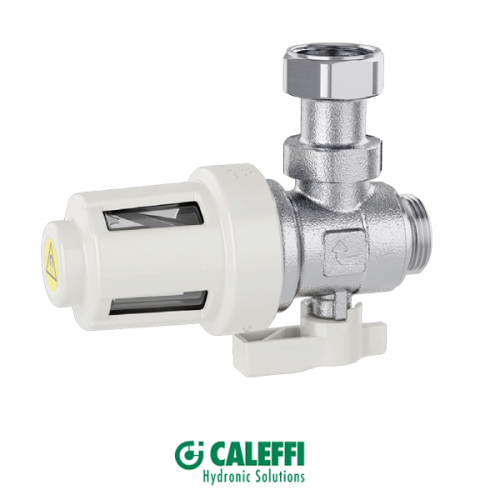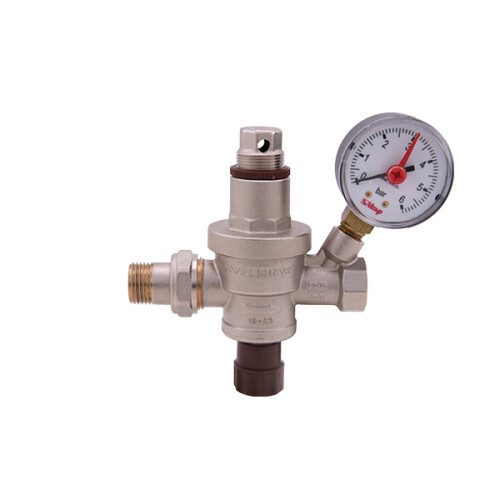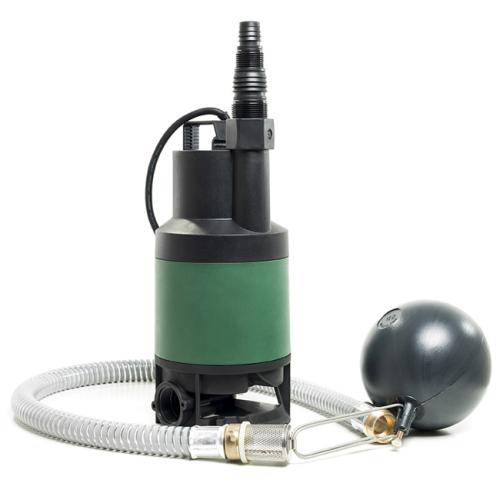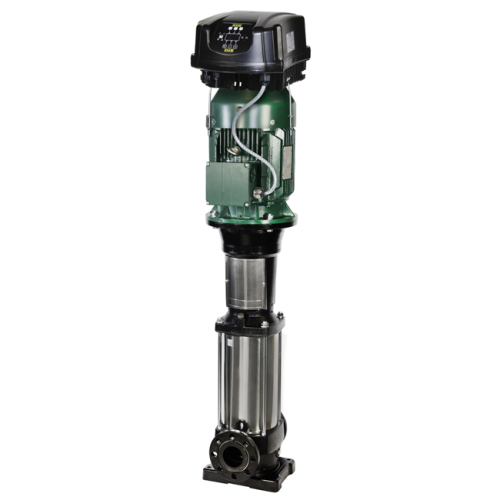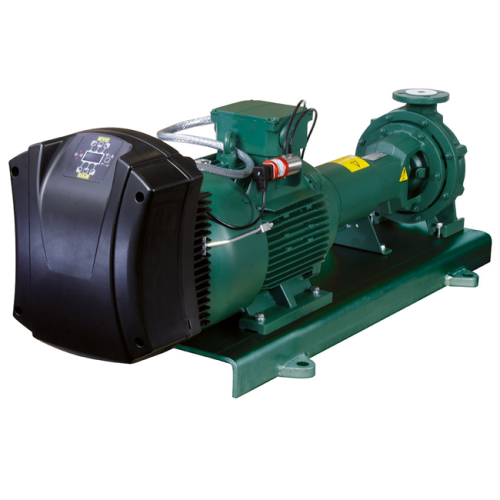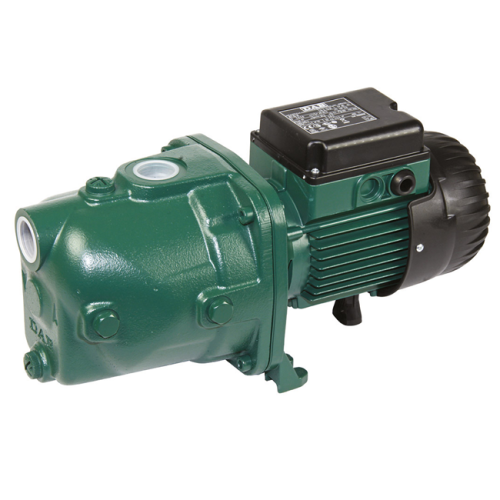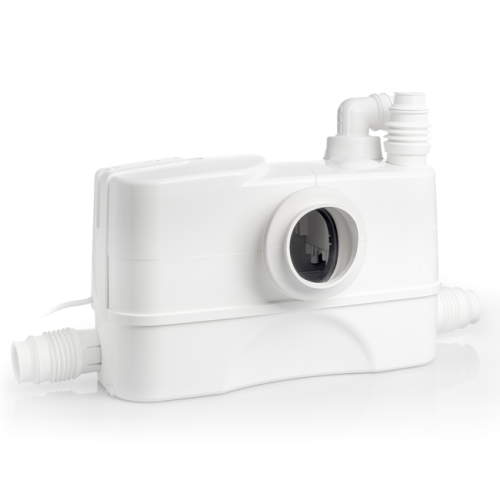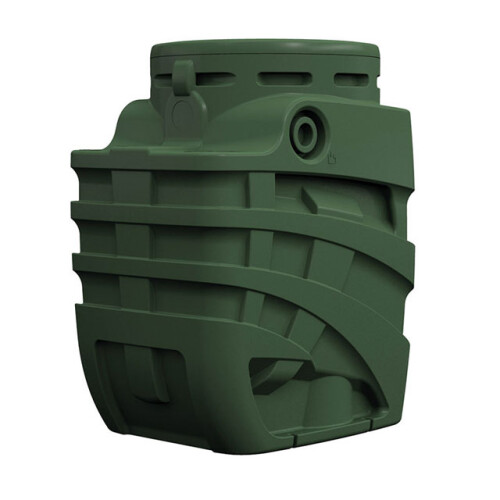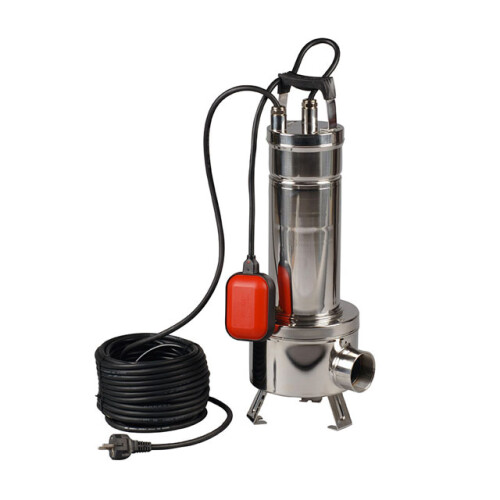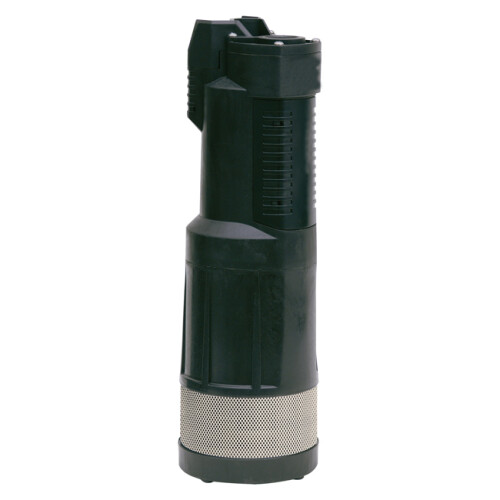Hydronic components
Hydronic Components: The Core of Efficiency in HVAC/R Systems
Hydronic components are fundamental in heating, ventilation, air conditioning, and refrigeration (HVAC/R) systems. They manage the heat transfer fluids, typically water or a water-glycol mixture, circulating within the system to transfer heat or cool spaces efficiently.
Selecting the right hydronic components is crucial to ensuring energy efficiency, system longevity, and optimal indoor comfort.
An Overview of Hydronic Components
Hydronic systems rely on a range of essential components that work together to transfer heat or cooling effectively. These include:
- Circulation Pumps: These pumps push the heat transfer fluid through the system. Their efficiency and ability to modulate flow are critical to the system's overall energy performance.
- Heat Exchangers: These devices transfer heat between two fluids without mixing them. They are widely used to heat or cool water efficiently.
- Control Valves: Valves regulate the flow of heat transfer fluid within the system. They can be manual or automatic and include ball valves, balancing valves, and zone valves.
- Expansion Tanks: These tanks compensate for fluid volume variations due to temperature changes, preventing excessive pressure buildup in the system.
- Manifolds: Manifolds distribute the heat transfer fluid to different zones or circuits within the system, ensuring even heat or cooling distribution.
- Filtration and Water Treatment: Filters and water treatment systems help maintain clean heat transfer fluid, preventing deposits and scale buildup that could reduce system efficiency.
Hydronic Components: The Importance of Energy Efficiency
The energy efficiency of hydronic components plays a key role in reducing consumption and operating costs in HVAC/R systems. Here's how each component contributes to improving energy performance:
- High-Efficiency Circulation Pumps: Using variable-speed pumps allows for flow rate modulation based on actual system needs, reducing energy consumption.
- Advanced Heat Exchangers: Heat exchangers with large heat transfer surfaces and materials with high thermal conductivity enhance heat transfer efficiency.
- Precision Control Valves: Accurate control valves ensure optimal fluid flow regulation, preventing unnecessary energy waste.
- Regular Maintenance and Water Treatment: Keeping the heat transfer fluid clean and free of scale deposits ensures that the system operates at peak efficiency.
By incorporating high-quality hydronic components and implementing proper maintenance practices, HVAC/R systems can achieve superior performance, lower energy costs, and greater sustainability.




